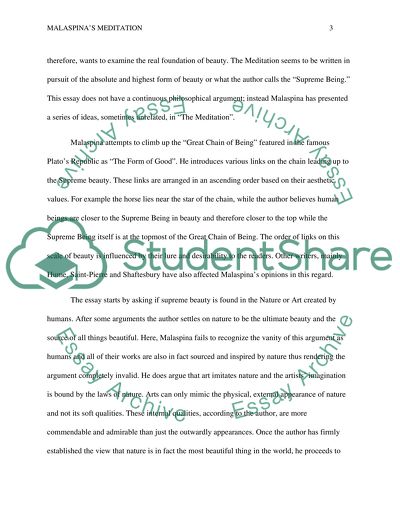Cite this document
(“Malaspina's Meditation on Beauty in Nature Article”, n.d.)
Retrieved from https://studentshare.org/literature/1440509-meditation-paper
Retrieved from https://studentshare.org/literature/1440509-meditation-paper
(Malaspina'S Meditation on Beauty in Nature Article)
https://studentshare.org/literature/1440509-meditation-paper.
https://studentshare.org/literature/1440509-meditation-paper.
“Malaspina'S Meditation on Beauty in Nature Article”, n.d. https://studentshare.org/literature/1440509-meditation-paper.


